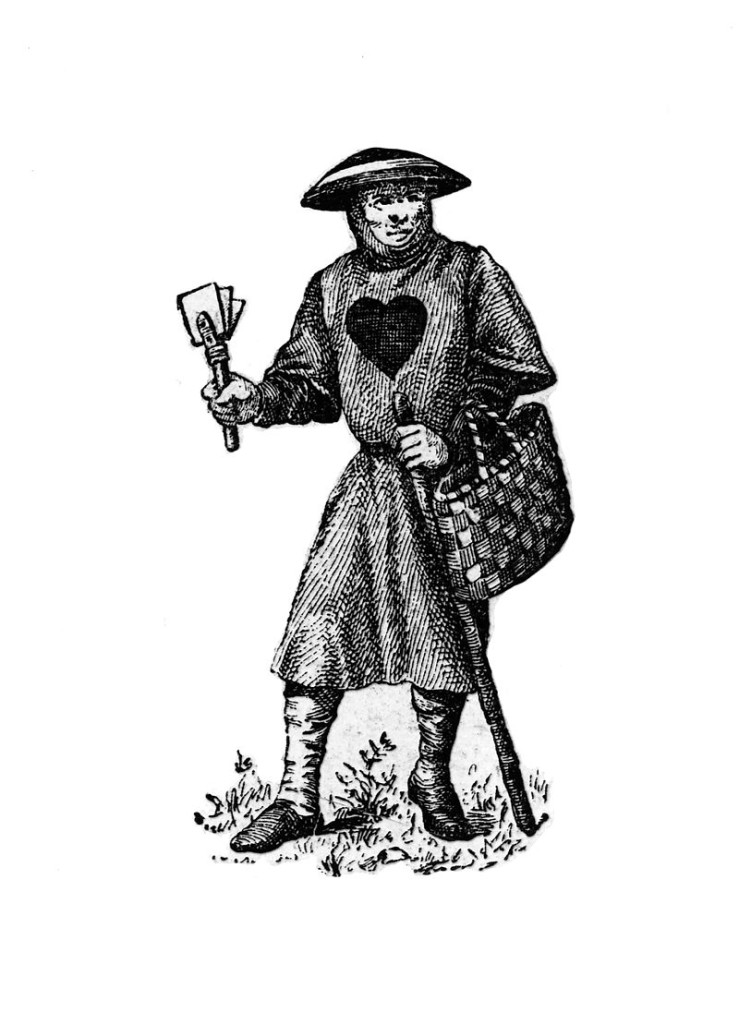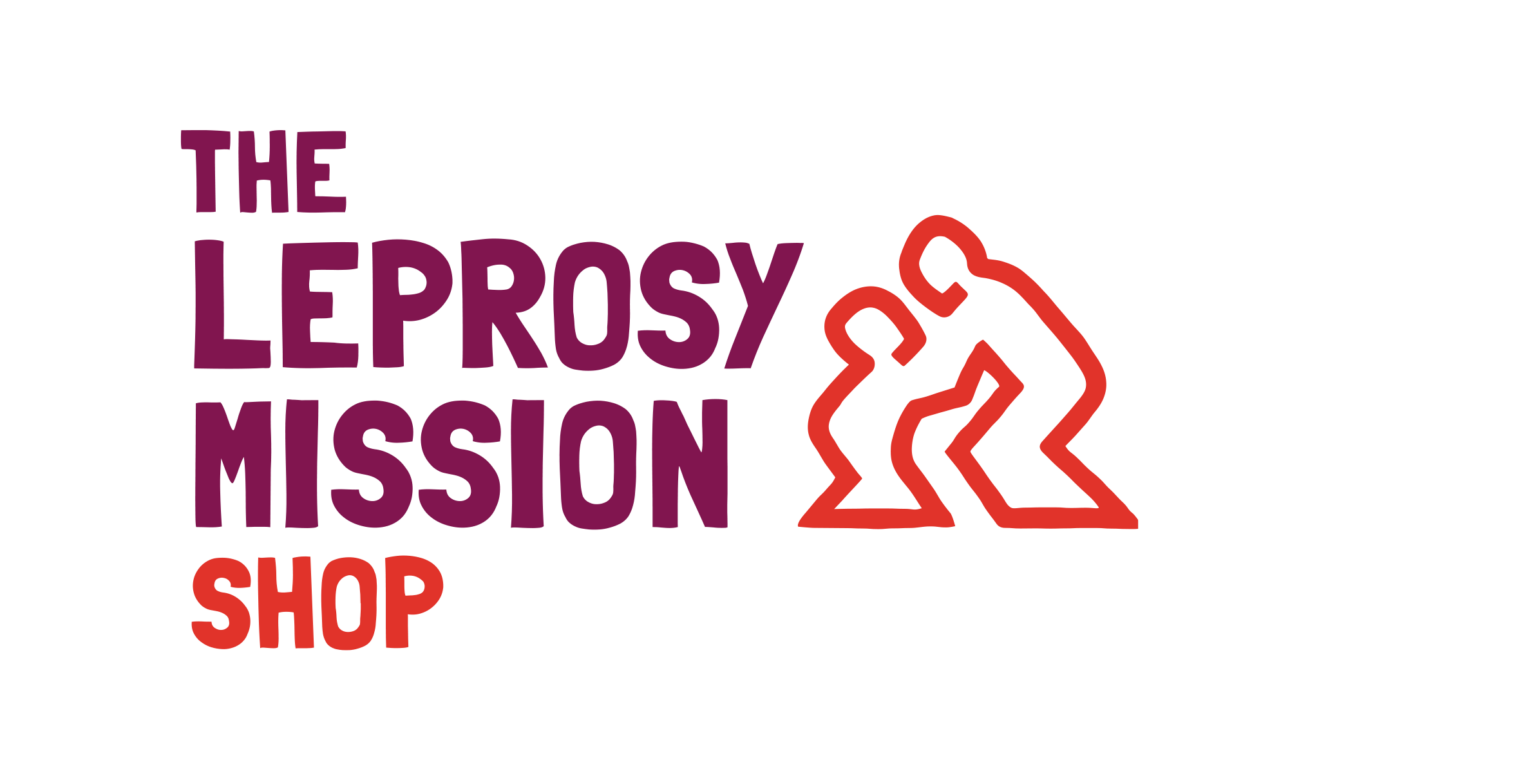When it comes to historical reenactments or theatrical performances, the concept of a leprosy costume might evoke curiosity and intrigue. This unique attire represents a significant aspect of historical and cultural understanding, transcending mere aesthetics to delve into the realm of education and empathy. The costume is not just an outfit but a symbol of a time when leprosy, now known as Hansen's disease, was misunderstood and stigmatized. In this article, we will explore the origins, significance, and modern interpretations of the leprosy costume, ensuring that it is portrayed with sensitivity and respect.
As we journey through the evolution of the leprosy costume, it becomes evident that its role extends beyond the stage or screen. It serves as a tool for fostering awareness and compassion, helping audiences grasp the social and medical implications of leprosy throughout history. By understanding the nuances of this attire, we can appreciate its importance in storytelling and education, while also addressing the ethical considerations that come with its use.
Our exploration will cover various aspects, from the materials used in crafting the leprosy costume to the cultural and historical context that informs its design. We will also delve into the ethical dimensions of using such costumes, ensuring that they are portrayed with the utmost respect and understanding. Join us as we uncover the layers of meaning behind this intriguing piece of attire.
Read also:Discovering The Charm Of The Village Of Bensenville A Hidden Gem In Illinois
What Is the Historical Significance of a Leprosy Costume?
The historical significance of the leprosy costume is deeply rooted in the social and medical history of leprosy. Throughout history, individuals afflicted with leprosy were often ostracized and forced to live in isolation. The costume, often featuring a bell and ragged clothing, symbolized the societal stigma and the need for individuals to announce their presence to avoid contact with others. This historical context is crucial in understanding the evolution of the costume and its portrayal in modern times.
During the medieval period, leprosy was perceived as a divine punishment, leading to the creation of specific attire to distinguish those affected. The leprosy costume of that era was designed to evoke fear and caution, reflecting the lack of medical knowledge and the prevailing superstitions. As medical science advanced, the perception of leprosy changed, and so did the portrayal of those affected in costumes and performances.
How Has the Leprosy Costume Evolved Over Time?
The evolution of the leprosy costume mirrors the changing societal attitudes towards leprosy itself. Initially, the costume was a practical tool for segregation and identification. Over time, as medical understanding improved, the costume began to serve more symbolic purposes, often used in theatrical performances to educate and inform audiences about the disease.
In contemporary settings, the leprosy costume is crafted with greater sensitivity, focusing on the human experience rather than perpetuating stereotypes. Designers now incorporate elements that highlight the resilience and humanity of those affected, moving away from the earlier stigmatizing representations. This shift underscores the importance of portraying historical figures with dignity and respect.
Why Is It Important to Approach the Leprosy Costume with Sensitivity?
Approaching the leprosy costume with sensitivity is paramount, as it directly impacts how we perceive and understand the experiences of those who lived with leprosy. The portrayal of the costume can either perpetuate harmful stereotypes or foster empathy and understanding. It is crucial to ensure that the costume does not reinforce negative stereotypes but instead educates audiences about the disease and its historical context.
Designers and performers must be mindful of the potential impact of their choices, striving to create representations that honor the humanity of those affected by leprosy. This involves careful research and consultation with experts in the field to ensure that the portrayal is accurate and respectful.
Read also:Exploring The Rise Of Miguel Cazarez Mora On Tiktok A Digital Sensation
What Are the Key Elements of a Modern Leprosy Costume?
A modern leprosy costume typically incorporates elements that reflect both historical accuracy and contemporary sensibilities. Key features include:
- Ragged Clothing: Symbolizing the historical perception of leprosy sufferers as outcasts.
- Bell: Used historically to warn others of their presence, now a symbol of awareness and education.
- Mask or Veil: Often included to represent the anonymity and isolation experienced by those affected.
These elements are carefully balanced to ensure that the costume serves its educational purpose without perpetuating stigma or misinformation. Designers often use natural materials and muted colors to create a realistic yet respectful representation.
Can the Leprosy Costume Be Used for Educational Purposes?
Yes, the leprosy costume can be a powerful tool for educational purposes when used responsibly. It can help students and audiences understand the historical and social implications of leprosy, fostering empathy and awareness. By incorporating the leprosy costume into educational programs, educators can provide a tangible connection to the past, making history more relatable and engaging.
However, it is essential to accompany the use of the costume with accurate information and context to prevent the perpetuation of stereotypes. Educators should ensure that the portrayal is balanced and respectful, highlighting the resilience and humanity of those affected by leprosy.
How Can We Ensure Ethical Use of the Leprosy Costume?
Ensuring ethical use of the leprosy costume involves several key considerations:
- Research: Conduct thorough research to understand the historical and cultural context of leprosy.
- Consultation: Engage with experts and communities affected by leprosy to gain insights and ensure accuracy.
- Representation: Focus on portraying the humanity and resilience of those affected, avoiding sensationalism or stereotypes.
By adhering to these principles, designers and performers can create representations that honor the experiences of those affected by leprosy while educating and informing audiences.
What Are the Cultural Implications of the Leprosy Costume?
The cultural implications of the leprosy costume are significant, as they reflect the societal attitudes towards disease and disability throughout history. The costume serves as a reminder of the stigma and discrimination faced by those affected by leprosy, highlighting the need for greater understanding and empathy.
In various cultures, the portrayal of leprosy and its associated costume can differ significantly, influenced by local beliefs and traditions. Understanding these cultural nuances is essential in creating representations that resonate with diverse audiences while respecting their unique perspectives.
Does the Leprosy Costume Have a Place in Contemporary Fashion?
The leprosy costume, while rooted in historical context, can find relevance in contemporary fashion through its potential to inspire discussions about stigma and social justice. Designers can reinterpret the traditional elements of the costume, using modern materials and techniques to create pieces that challenge perceptions and provoke thought.
By incorporating the leprosy costume into contemporary fashion, designers can highlight the ongoing fight against stigma and discrimination, using fashion as a platform for social change. This approach not only honors the history of those affected by leprosy but also contributes to a broader conversation about inclusion and acceptance.
What Are the Future Directions for the Leprosy Costume?
The future of the leprosy costume lies in its ability to adapt to changing societal values and technological advancements. As virtual and augmented reality become more prevalent, the costume could be reimagined in digital formats, allowing for immersive experiences that educate and inform audiences in new and innovative ways.
Additionally, the continued evolution of materials and design techniques will enable creators to craft costumes that are both historically accurate and ethically responsible, ensuring that the leprosy costume remains a valuable tool for education and empathy in the years to come.
Conclusion
The leprosy costume is more than a piece of attire; it is a symbol of historical and cultural significance that can educate and inspire empathy. By approaching its use with sensitivity and respect, we can ensure that it serves as a tool for understanding and acceptance, fostering a more inclusive and informed society. As we continue to explore its potential in various contexts, the leprosy costume remains a powerful reminder of the importance of compassion and awareness in our interactions with history and each other.
Table of Contents
- Unveiling the Intricacies of Leprosy Costume: A Comprehensive Guide
- What Is the Historical Significance of a Leprosy Costume?
- How Has the Leprosy Costume Evolved Over Time?
- Why Is It Important to Approach the Leprosy Costume with Sensitivity?
- What Are the Key Elements of a Modern Leprosy Costume?
- Can the Leprosy Costume Be Used for Educational Purposes?
- How Can We Ensure Ethical Use of the Leprosy Costume?
- What Are the Cultural Implications of the Leprosy Costume?
- Does the Leprosy Costume Have a Place in Contemporary Fashion?
- What Are the Future Directions for the Leprosy Costume?


